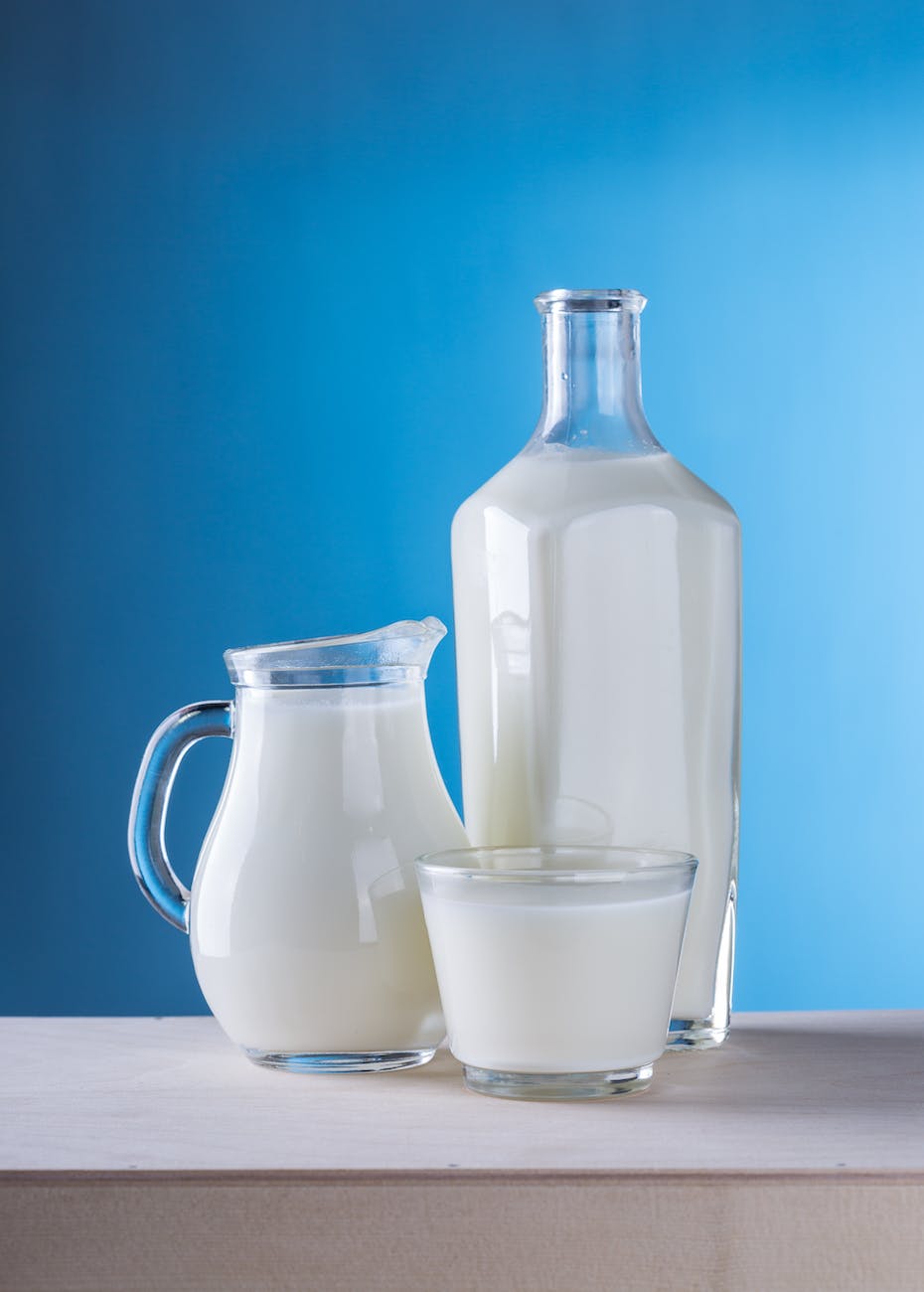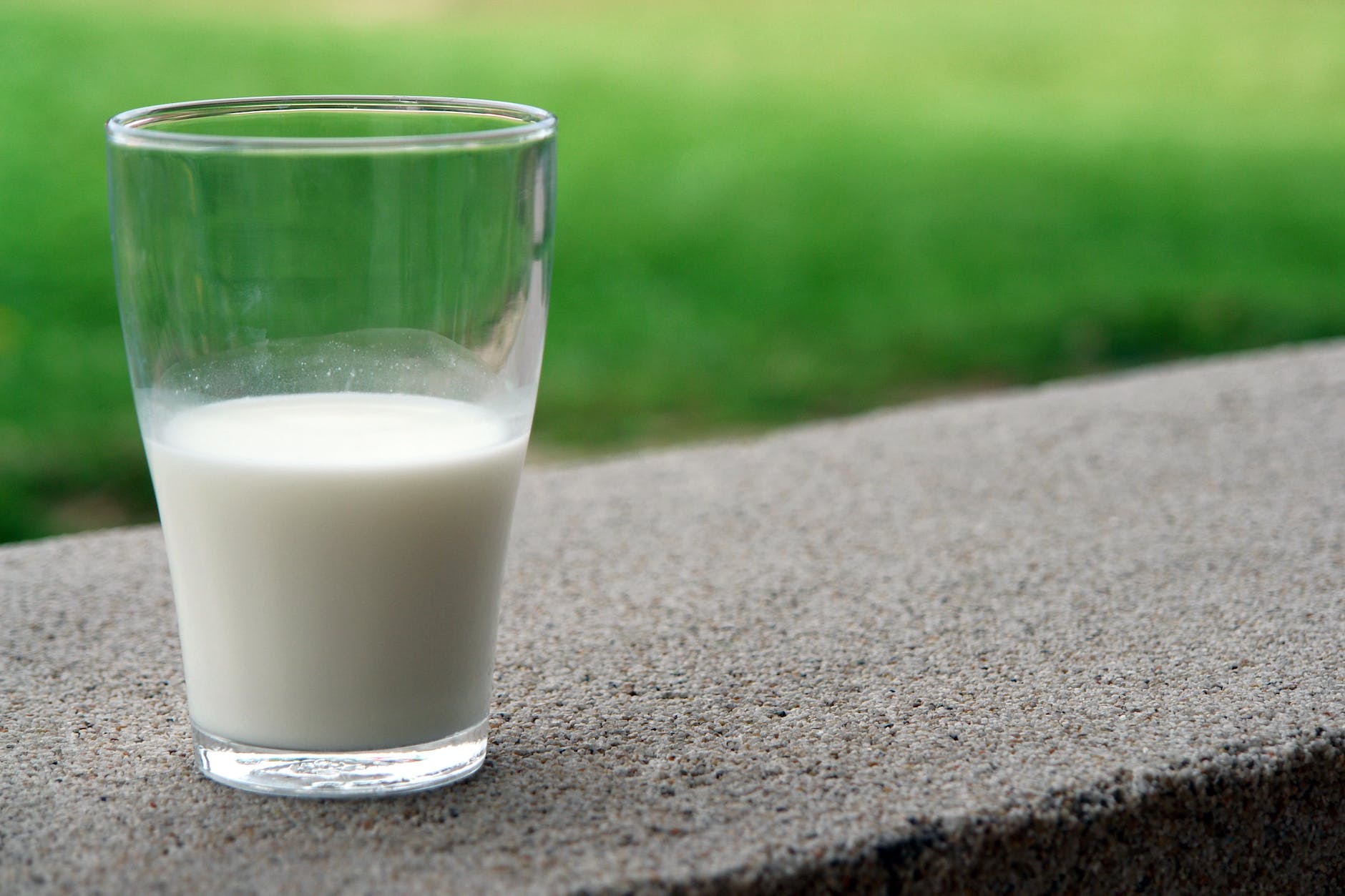
1. Introduction
Food allergies are a growing public health concern, affecting millions of people worldwide. These allergic reactions can range from mild hives or a stuffy nose to severe anaphylaxis, a potentially life-threatening condition that requires immediate medical attention. With the increasing prevalence of food allergies, it’s crucial for consumers to be aware of potential allergens in their food. The U.S. Food and Drug Administration (FDA) plays a pivotal role in this, setting guidelines and regulations to ensure that food allergens are clearly labeled, helping those with allergies make safe food choices.
The FDA recognizes certain foods as “major food allergens” due to their potential to cause serious allergic reactions. Over the years, this list has evolved, reflecting the latest scientific research and understanding of food allergies. This article delves into the top 9 allergens identified by the FDA, offering insights into each one and providing guidance on how to manage and avoid potential allergic reactions.
2. The Evolution of Food Allergen Identification
The journey of identifying and regulating food allergens began in earnest with the Food Allergen Labeling and Consumer Protection Act of 2004 (FALCPA). This act mandated the clear labeling of eight major food allergens on packaged foods sold in the U.S. These eight allergens were identified based on their frequency of causing allergic reactions and the severity of these reactions.
Fast forward to 2021, the FASTER Act was signed into law, marking a significant update to the list of recognized allergens. This act added sesame as the 9th major food allergen, reflecting the growing number of reported allergic reactions to sesame in the U.S. With this inclusion, manufacturers are now required to clearly label sesame on food products, ensuring consumers are better informed and protected.
The journey of allergen identification and labeling is a testament to the evolving understanding of food allergies. As science progresses and more is learned about the nature of allergic reactions, regulations and guidelines adapt to ensure the safety of all consumers.
3. A Quick Look at the Top 9 Allergens
Understanding each of the major allergens is crucial for those who suffer from food allergies. Here, we’ll break down each allergen, discussing its common sources, typical allergic reactions, and tips for avoidance.
3.1. Milk
Sources: Milk and milk products like cheese, butter, yogurt, and ice cream. Also found in baked goods, chocolates, and some processed foods.
Common Reactions: Hives, wheezing, vomiting, diarrhea, and anaphylaxis in severe cases.
Avoidance Tips: Check labels for terms like whey, casein, and lactoglobulin. Opt for dairy-free alternatives like almond, soy, or oat milk.
3.2. Eggs
Sources: Apart from the obvious (like scrambled or boiled eggs), they can be found in baked goods, mayonnaise, and some sauces.
Common Reactions: Skin rashes, nasal congestion, digestive issues, and severe respiratory problems.
Avoidance Tips: Look for terms like albumin, lysozyme, or ovoglobulin on labels. Use egg substitutes when baking.
3.3. Fish
Sources: All types of fish including tuna, salmon, and cod. Also, in some Asian dishes, dressings, and even some cosmetics.
Common Reactions: Hives, digestive issues, and anaphylaxis.
Avoidance Tips: Always inquire about ingredients when dining out, especially at seafood restaurants. Check labels on dressings and sauces.
3.4. Shellfish
Sources: Shrimp, crab, lobster, and other crustaceans. Also found in some Asian dishes and broths.
Common Reactions: Swelling, hives, nasal congestion, and more severe reactions like anaphylaxis.
Avoidance Tips: Be cautious at seafood restaurants and always check soup ingredients.
3.5. Tree Nuts
Sources: Almonds, walnuts, cashews, and more. Found in chocolates, cereals, baked goods, and certain drinks.
Common Reactions: Abdominal pain, cramps, nausea, and vomiting. Can also cause anaphylaxis.
Avoidance Tips: Always read labels. Be wary of cross-contamination, especially in bakeries or ice cream parlors.
3.6. Peanuts
Sources: Peanut butter, peanut oil, and many Asian dishes. Also found in baked goods and candies.
Common Reactions: Skin reactions, digestive problems, tightening of the throat, and anaphylaxis.
Avoidance Tips: Check labels diligently. Opt for nut-free facilities if a severe allergy is present.
3.7. Wheat
Sources: Breads, cereals, pasta, and many processed foods. Also used as a binding agent in some dishes.
Common Reactions: Digestive issues, hives, and difficulty breathing in severe cases.
Avoidance Tips: Opt for gluten-free products. Be cautious of sauces and gravies.
3.8. Soy
Sources: Soy milk, soy sauce, tofu, and many processed foods.
Common Reactions: Hives, itching, and facial swelling. Rarely, it can cause anaphylaxis.
Avoidance Tips: Check labels for terms like soy protein, miso, or tempeh. Inquire about ingredients when dining out.
3.9. Sesame
Sources: Sesame oil, sesame seeds, tahini, and some Asian dishes.
Common Reactions: Hives, dermatitis, and more severe reactions like anaphylaxis.
Avoidance Tips: Check labels on bread, cereals, and snacks. Be cautious with unlabeled baked goods.
4. Diagnosis and Testing for Allergens
Diagnosing a food allergy is crucial for effective management. Here’s how it’s typically done:
4.1. Skin Prick Test
A small amount of the suspected allergen is placed on the skin using a tiny needle. If a raised bump or hive develops, it indicates a potential allergy.
4.2. Blood Test
Measures the amount of specific antibodies produced in response to allergens.
4.3. Oral Food Challenge
Under medical supervision, the patient consumes the suspected allergen in increasing amounts to check for reactions.
4.4. Elimination Diet
Certain foods are removed from the diet for a period, then reintroduced one by one to identify the allergen.
5. Management and Treatment
5.1. Avoidance
The best way to manage a food allergy is to avoid the allergen. This requires reading food labels diligently and asking about ingredients when dining out.
5.2. Medications
Antihistamines can help relieve symptoms of an allergic reaction. In severe cases, an epinephrine auto-injector is prescribed.
5.3. Allergen Immunotherapy
A treatment where the patient is given increasing amounts of the allergen to build tolerance.
6. Living with Food Allergies
6.1. Educate Yourself and Others
Awareness is key. Understand your triggers and educate those around you.
6.2. Have an Action Plan
Always have a plan in case of accidental exposure. This includes having medications on hand and knowing when to seek medical attention.
6.3. Join Support Groups
Connect with others who have food allergies. They can offer advice, support, and understanding.
7. The Difference Between Allergy and Intolerance
While both can cause discomfort, they’re not the same. Allergies involve the immune system and can be life-threatening, while intolerances are digestive issues that are generally not dangerous.
8. Conclusion
Food allergies can be challenging, but with the right knowledge and precautions, they can be managed. Always consult with a healthcare professional if you suspect you have a food allergy.
9. Further Reading
For more in-depth information on specific allergies and their management, check out our other articles:
- Milk Allergy vs. Lactose Intolerance: What’s the Difference?
- Wheat Allergy: Symptoms, Causes, and Management
- Gluten Intolerance vs. Wheat Allergy: Understanding the Difference
Frequently Asked Questions (FAQs) about the Top 9 Allergens
1. What are the top 9 allergens recognized by the FDA? The FDA recognizes milk, eggs, fish, crustacean shellfish, tree nuts, peanuts, wheat, soybeans, and sesame as the top 9 major food allergens.
2. How can I find out if I’m allergic to one of the top 9 allergens? Consulting with an allergist and undergoing tests such as a skin prick test, blood test, or oral food challenge can help determine if you have a food allergy.
3. Are food manufacturers required to label these allergens? Yes, the FDA mandates that food manufacturers clearly label any of the top 9 allergens present in their products.
4. Is there a cure for food allergies? Currently, there’s no cure for food allergies. The best approach is to avoid the allergen and manage symptoms with the guidance of a healthcare professional.
5. Can children outgrow food allergies? Some children may outgrow certain food allergies, especially allergies to milk, eggs, or soy. However, allergies to peanuts, tree nuts, and shellfish are often lifelong.
6. What’s the difference between a food allergy and food intolerance? A food allergy involves the immune system and can be life-threatening, while food intolerance is a digestive issue and is generally not dangerous.
7. How can I safely dine out with a food allergy? Always inform the restaurant staff about your allergy, ask about ingredients, and consider carrying an epinephrine auto-injector if you have a severe allergy.
8. Are there any treatments available for food allergies? While there’s no cure, treatments like antihistamines can help manage mild symptoms. For severe reactions, an epinephrine auto-injector is essential.
9. Can I develop a food allergy later in life? Yes, it’s possible to develop a food allergy at any age, even if you’ve previously consumed the food without any issues.
10. Are coconuts considered tree nuts? While coconuts are botanically classified as a fruit, the FDA classifies them as tree nuts for allergen labeling purposes.
Blog Tags:
Food Allergens, FDA, Milk Allergy, Egg Allergy, Nut Allergy, Diagnosis, Treatment, Food Intolerance, Skin Prick Test, Allergen Immunotherapy, Living with Allergies, Allergy vs. Intolerance.












